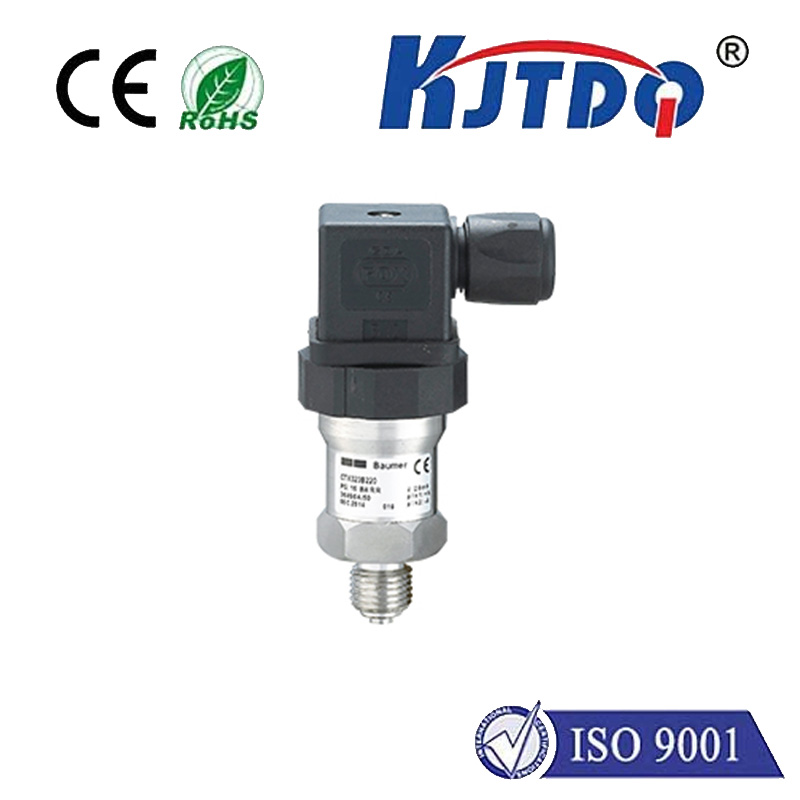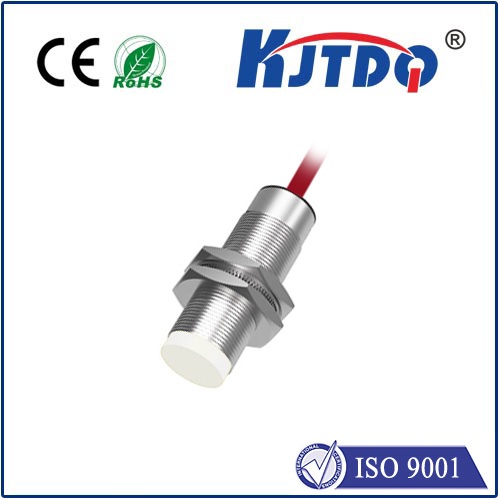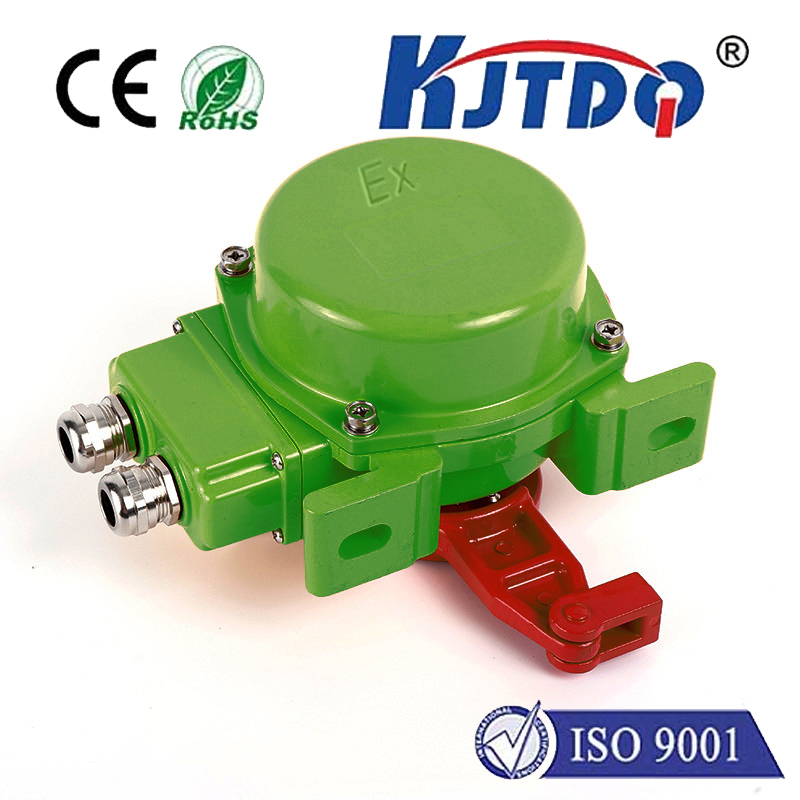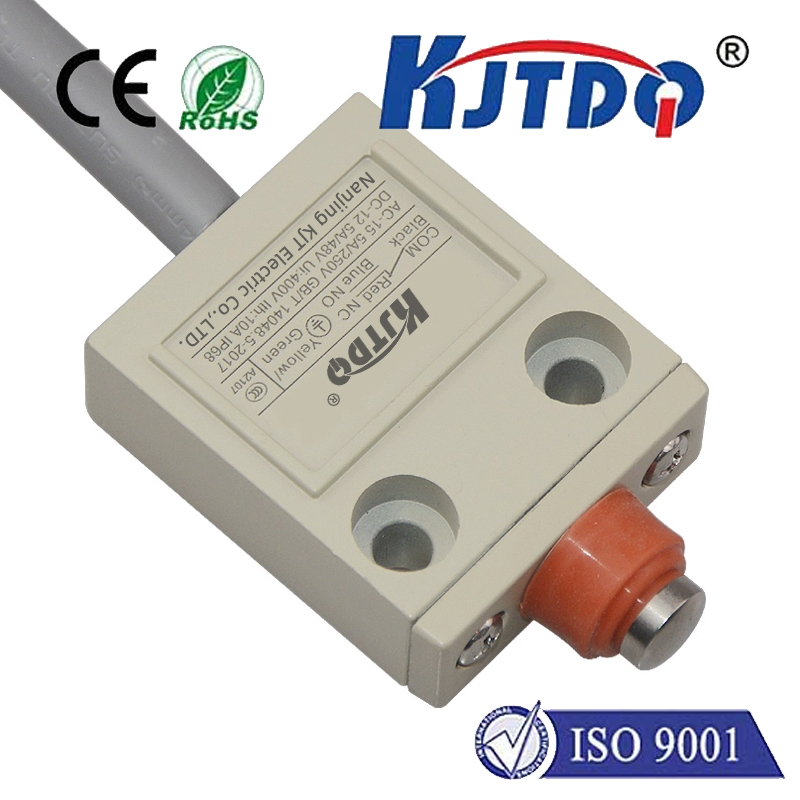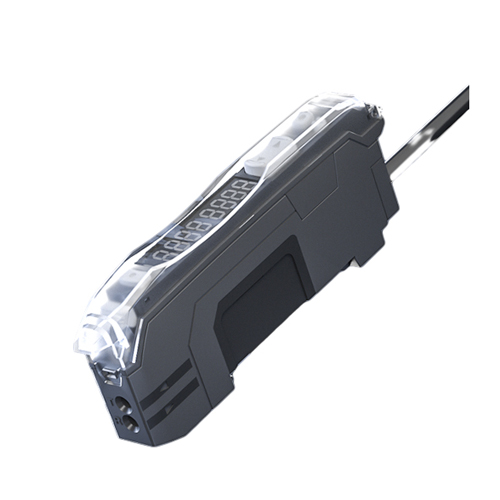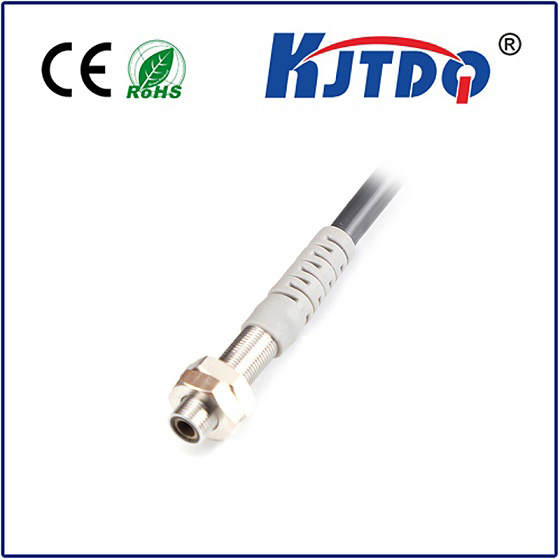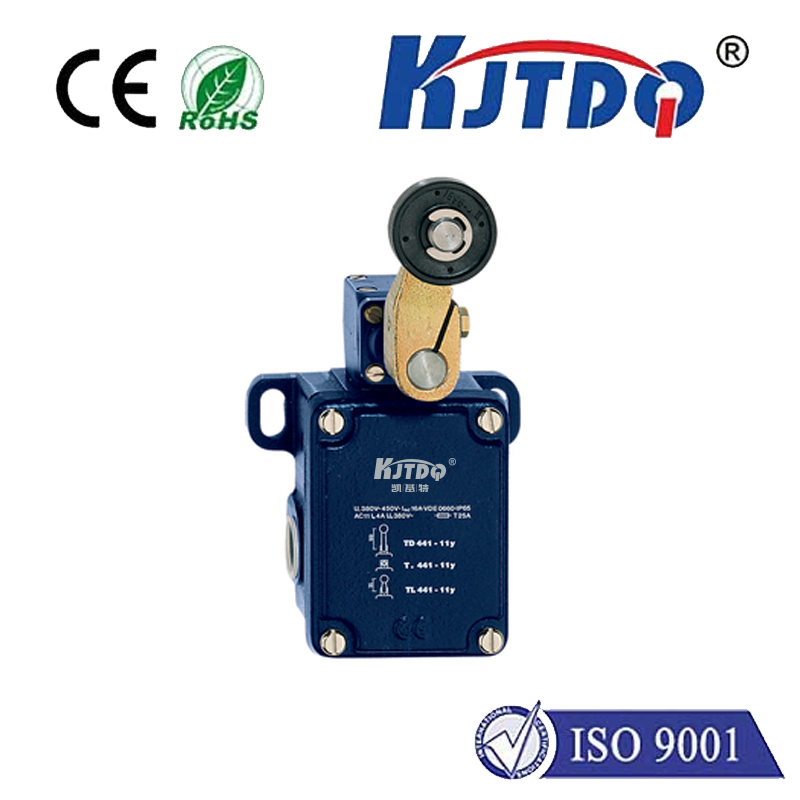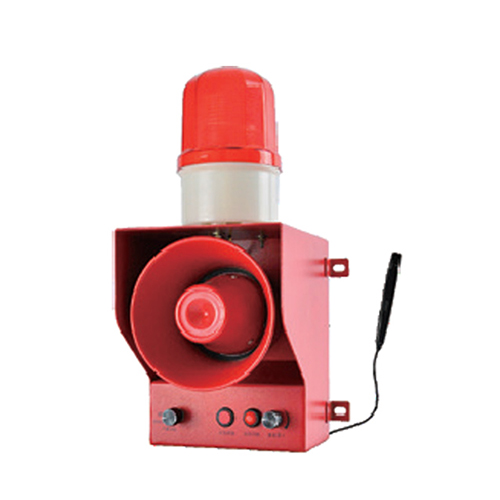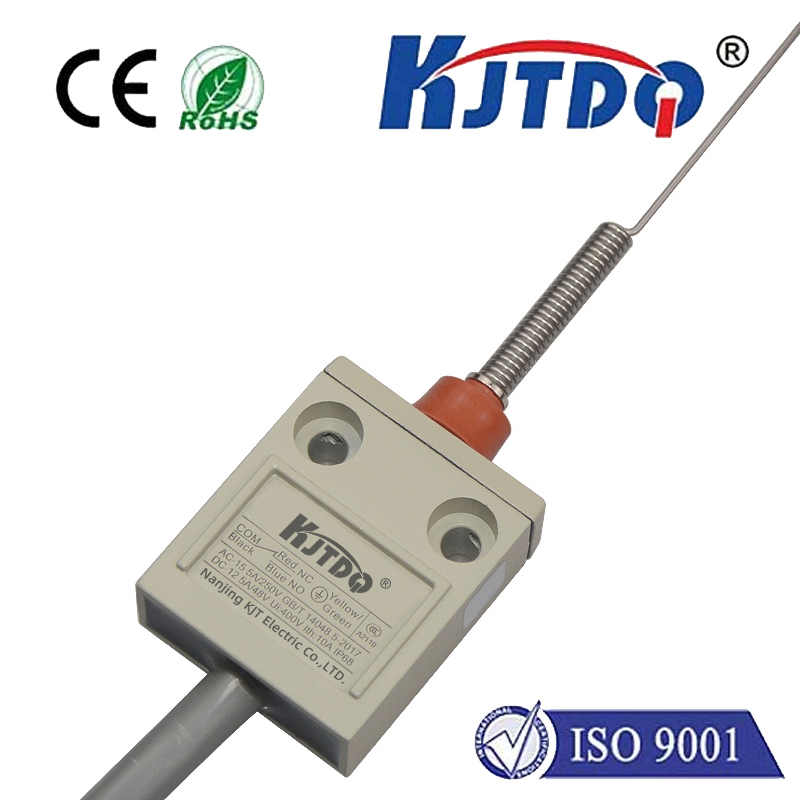

check

check

check

check
Radar Sensor for Vehicle Detection: Enhancing Safety and Efficiency in Modern Transportation
In today’s rapidly evolving automotive landscape, the integration of advanced sensors has become essential for enhancing vehicle safety and operational efficiency. Among these, radar sensors for vehicle detection play a crucial role in enabling real-time monitoring and adaptive driving. This article explores the functionality, applications, and benefits of radar sensors in vehicle detection systems.
Radar sensors are used to detect the presence, speed, and distance of vehicles, making them a vital component in autonomous driving systems. Unlike optical sensors, radar sensors operate in all weather conditions and can detect objects even in low visibility. This makes them particularly valuable in urban environments, highway monitoring, and long-distance travel. By continuously measuring the distance and speed of nearby vehicles, radar sensors help in detecting potential collisions and enabling timely responses.

The key advantage of radar sensors lies in their ability to function without relying on line-of-sight. This is especially important in scenarios where visibility is limited, such as at night or in adverse weather conditions. Additionally, radar sensors can detect objects at a greater range than optical sensors, allowing for more comprehensive monitoring of the surrounding environment. This capability is crucial for applications such as adaptive cruise control, blind spot monitoring, and automated emergency braking.
In the context of autonomous vehicles, radar sensors are often paired with other sensor technologies, such as lidar and cameras, to create a robust detection system. The integration of these sensors ensures that the vehicle has a comprehensive understanding of its surroundings, even in complex and dynamic environments. This multi-sensor approach not only improves accuracy but also enhances the reliability of the vehicle’s decision-making processes.
Radar sensors are also used in traffic management systems to monitor vehicle flow and optimize traffic signals. By detecting the presence and movement of vehicles, these sensors help in reducing traffic congestion and improving overall traffic efficiency. This is particularly beneficial in cities with high traffic volumes, where real-time data is critical for managing traffic flow effectively.
In addition to their role in autonomous driving, radar sensors are widely used in industrial and commercial applications. For example, in warehouse automation, radar sensors can detect the presence of goods and monitor the movement of forklifts, ensuring safe and efficient operations. In smart city infrastructure, radar sensors are used to monitor traffic patterns and manage road usage more effectively.
The integration of radar sensors into vehicle detection systems has revolutionized how we approach safety and efficiency in transportation. As technology continues to advance, the role of radar sensors in vehicle detection will only become more prominent. With ongoing research and development, we can expect even more innovative applications of radar sensors in the future.
Radar sensors for vehicle detection are not just a technological advancement—they are a fundamental component of modern transportation systems. Their ability to provide real-time data, operate in challenging conditions, and support autonomous driving makes them indispensable in today’s automotive and traffic management industries. As we look to the future, the continued improvement of radar sensor technology will play a crucial role in shaping the next generation of safe and efficient transportation.
